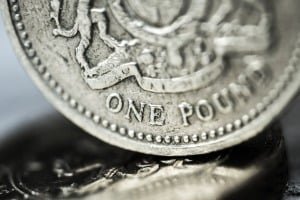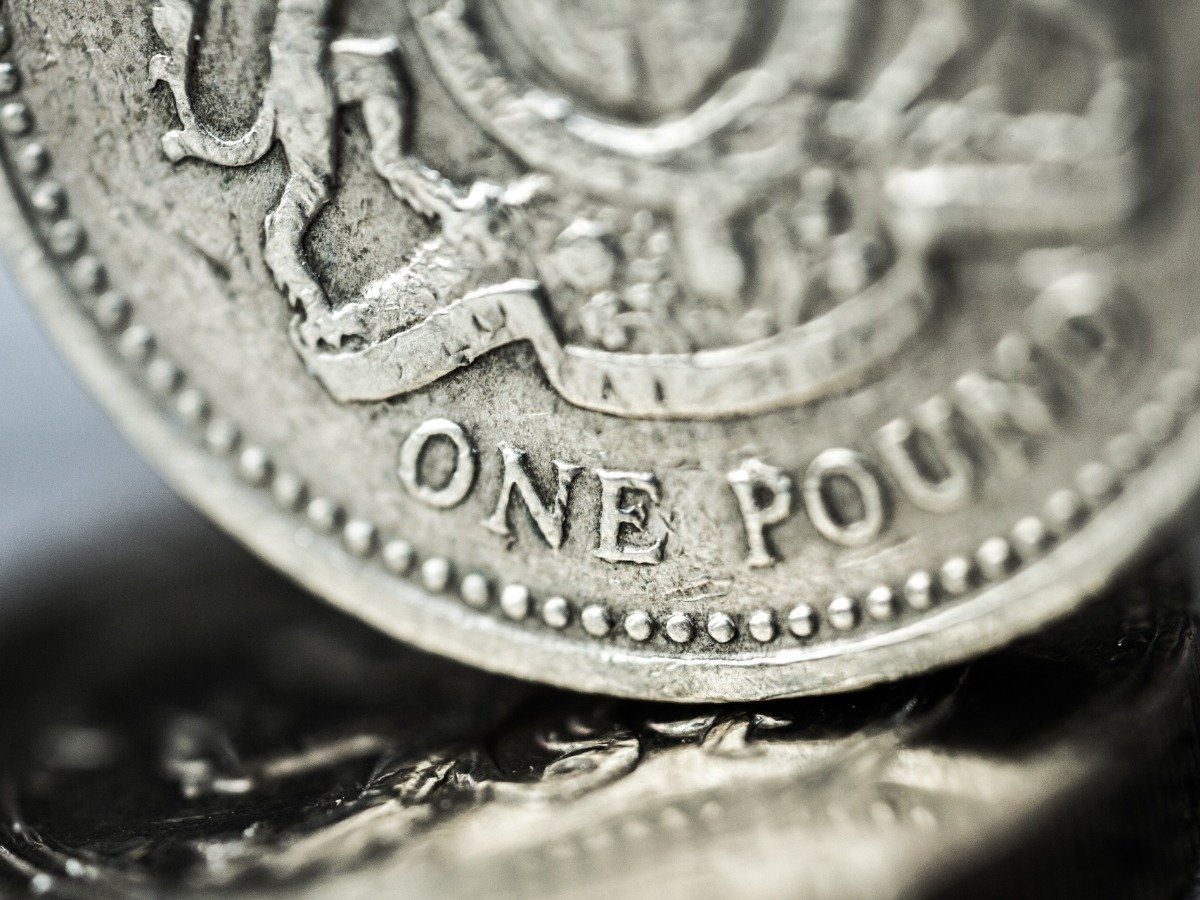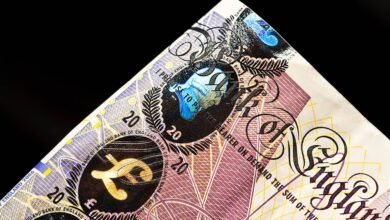Pound To Euro Hits 10-Day Highs, Are Sterling Sellers Exhausted?


The Pound to Euro exchange rate (GBP/EUR) has made further gains on Monday and traded at 10-day highs just above the 1.1700 level.
The Pound to Dollar exchange rate (GBP/USD) has managed to hold above the 1.2500 level and traded around 1.2525 from 1.2550 highs.
Overall risk conditions remained positive for the Pound with the UK FTSE 100 index posting a fresh record high.
The latest COT data, released by the CFTC, recorded a sharp adjustment in Sterling positions with a short, non-commercial position of over 26,000 contracts compared with a long position of over 8,000 the previous week.
This was the largest short position since late November 2023 and the third largest short position since the beginning of 2023.
There should now be reduced scope for Pound selling which should offer some net currency support, especially with recent data suggesting that the UK economy is making headway.
There will be significant month-end position adjustment during the next 36 hours and the Pound could also be at risk due position adjustment given that it tends to weaken during May.
ING expects global developments will dominate this week. It added; “Expect Bank of England rate expectations to be influenced primarily by the Fed and US data this week, as domestic drivers will be quite scarce. The UK calendar includes only some lending figures for March, housing figures for April and the final PMI report, while BoE officials will not be able to comment on monetary policy as the pre-meeting quiet period starts.”
Nevertheless, markets will be wary over potential unofficial hints from the BoE, especially if the decision is likely to be notably different from market expectations.
According to Alpesh Paleja, lead economist at the Confederation of British Industry; “We’re probably getting closer to the point where the majority of the Monetary Policy Committee (MPC) will vote to reduce rates. But there’s still a fair degree of apprehension about domestic price pressures.”
At this stage, markets expect a first BoE rate cut at the August meeting which would be after the ECB, but ahead of the Federal Reserve.
German consumer prices increased 0.5% for April with the year-on-year rate holding at 2.2% and compared with consensus forecasts for a small increase to 2.3%.
The HICP index edged higher to 2.4% from 2.3%.
The Spanish annual rate increased to 3.3% from 4.2%, but slightly below market expectations of 3.4%.
As far as economic growth is concerned, there was a net retreat in industrial and services sentiment for the month with the overall business confidence reading retreating to 95.6 for April from a revised 96.2 previously.
The data is unlikely to shift expectations of the June ECB policy decision with strong expectations that the central bank will cut interest rates.
According to ING; “We expect inflation figures to consolidate expectations that the Governing Council will proceed with a first cut in June.”
It added; “Today’s increase in German headline inflation is a good reminder of how difficult the last mile of bringing inflation sustainably back to 2% will be for the European Central Bank.”
According to the bank; “A longer substantial rate cut cycle will only materialise if inflation quickly returns to 2%. Any signs of reflation and also stronger economic activity will limit the ECB’s room for manoeuvre.”
ING expects yield spreads will remain crucial for the Pound against the Euro and added; “we still believe EUR/GBP will ultimately find a more stable upward path as investors price in larger BoE cuts.”
According to the bank; “For now, the pair has erased almost all recent gains and can push back below 0.8550.” (gains above 1.1695 for GBP/EUR).
Source link






